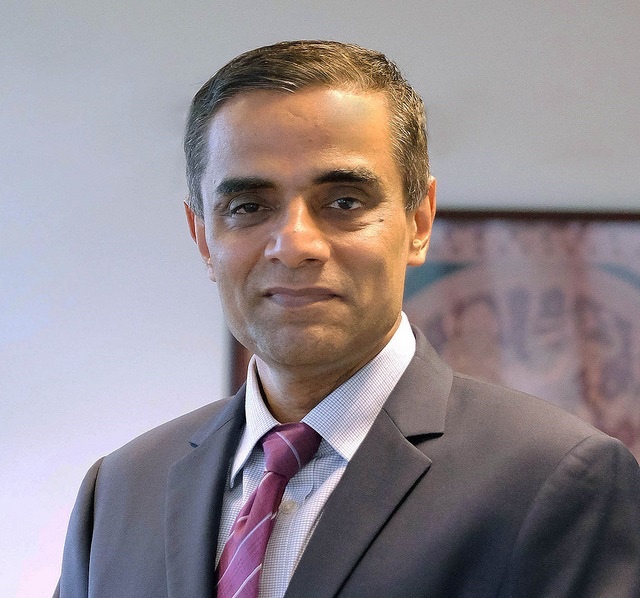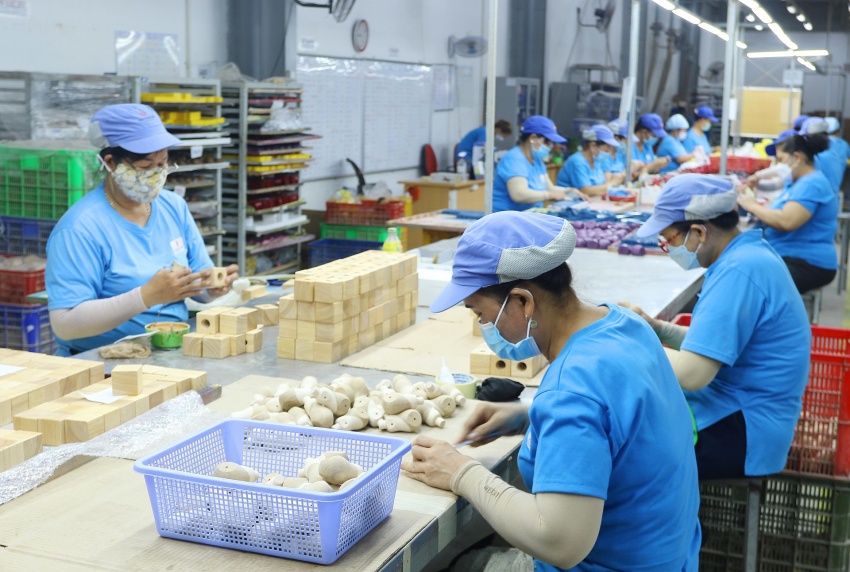Southeast Asia’s road to recovery
 |
| Ramesh Subramaniam, director general of the Southeast Asia Department of the Asian Development Bank |
Before the pandemic struck, Southeast Asia had been a global success story in fostering growth and reducing poverty. The pandemic abruptly reversed those gains, casting 4.7 million more people into dire poverty in 2021 and leading to 9.3 million fewer jobs created in the same year, compared with a no-COVID scenario.
While green shoots of recovery are starting to appear, the region’s aggregate output this year is projected to remain at least 10 per cent below what would be expected in the absence of COVID-19.
At this crucial juncture, it is imperative for countries to address rising income inequality, and ensure this trend does not become the region’s new normal.
Rising inequality is a bane to growth and erodes the backbone of society. It creates disincentives for lower-skill workers, diminishing labour productivity. It impedes education and skills development for those lacking sufficient income or credit. Rising inequality also undermines social cohesion.
As the region continues laying the groundwork for recovery, a new Asian Development Bank (ADB) study, Southeast Asia: Rising from the Pandemic, advises leaders to adopt a series of important policy measures that can spur recovery, and better ensure that Southeast Asia’s rejuvenation in the wake of COVID-19 benefits all.
Countries need to significantly bolster investment in national health systems to improve core healthcare capacities, improve surveillance, ensure continued availability of adequate medical supplies, and enhance preparedness for future pandemics.
 |
| Increased investment in human capital will help Southeast Asia achieve a strong recovery |
The ADB study shows that an increase in countries’ health investment to about 4.8 per cent of gross domestic product, up from the 2021 average of 3 per cent of GDP, would deliver a 1.5 percentage point uptick in economic growth.
Stronger healthcare investment would reduce disease burdens, and lead to higher labour participation rates and enhanced productivity in the workplace. Countries should also consider putting universal healthcare frameworks in place to ensure that no one is left behind.
In parallel, countries should aggressively pursue structural reforms that can improve productivity and competitiveness, including increased investment in human capital. In the wake of the pandemic, accelerated digitalisation, a massive reallocation of jobs across sectors, and a growing number of jobs requiring workers with technical skills have resulted in large skills gaps.
A recent APEC survey on digital skills gaps reveals that 75 per cent of employers are seeing significant skills mismatches for those entering the workforce. Greater investments are needed to create a future workforce that is better equipped to support a modern economy.
This involves substantial improvements in education systems, programmes supporting workplace apprenticeship and training, and incentives for reskilling and upskilling. To enhance competitiveness, countries can remove trade barriers to improve efficiency and productivity, reduce red tape, improve logistics, and support the modernisation of small enterprises through technology adoption and incubation.
Policymakers in the region also need to strengthen macroeconomic fundamentals and maintain fiscal prudence in managing debts as they finance recovery. Large COVID-19 response packages have dramatically enlarged fiscal deficits and debt levels in Asia.
In 2020, developing Asia’s pandemic response amounted to $3.8 trillion, almost doubling the fiscal deficit-to-GDP ratio in the region from 5.0 per cent in 2019 to 9.8 per cent in 2020.
As Southeast Asia emerges from the pandemic, countries need to correct existing economic and financial imbalances and help cushion possible future shocks by maintaining sufficient international reserves and policy space.
Finally, as countries focus on accelerating economic recovery, it is essential that they don’t simply return to business as usual. This crisis presents an opportunity to expand green investments and lay the groundwork for a greener economy.
Policies should be redesigned to protect rivers and oceans and to support countries’ switch to cleaner fuels. The public and private sectors should more closely collaborate on minimising the environmental impacts of the industry through more active recycling and reuse of materials.
Tax policies should incentivise carbon emissions reduction. Recovery plans should also promote green infrastructure investments, which are good for the environment and a major creator of growth and jobs. To support the region’s climate goals, ADB is working with regional and international partners to cut back on coal power through the innovative Energy Transition Mechanism and Green Recovery Platform.
In tandem, this people-centred approach to recovery can help create more productive jobs, particularly in hard-hit sectors like transport, hospitality, and tourism. It can help restore productivity trends in Southeast Asia, which were reversed due to COVID-19.
Two years after the pandemic, Southeast Asia is beginning to recover with more buoyant growth, and countries are intensifying their push to build back better.
While strong headwinds remain, there is reason for hope. If countries increase investments in health, structural reforms, and a green economy while maintaining fiscal prudence, they can return Southeast Asia to prosperity, and usher in a new era of revitalisation for the region.
What the stars mean:
★ Poor ★ ★ Promising ★★★ Good ★★★★ Very good ★★★★★ Exceptional
Related Contents
Latest News
More News
- CONINCO announces new chairman and CEO (December 10, 2025 | 11:00)
- How AWS is powering the next-gen data era (December 09, 2025 | 13:14)
- Outlook in M&A solid for Singapore (December 08, 2025 | 10:31)
- Vietnamese firms are resetting their strategy for global markets (December 05, 2025 | 17:04)
- LPBank Securities accelerates AI and data innovation with AWS (December 05, 2025 | 09:00)
- Improving traceability capacity with Zebra Technologies (November 26, 2025 | 10:08)
- Ho Chi Minh City engages 500 CEOs in dialogue on building global megacity (November 25, 2025 | 16:00)
- CEO shares insights on Phu My 3 IP’s journey to green industrial growth (November 17, 2025 | 11:53)
- NS BlueScope CEO highlights decade of sustainable steel efforts (November 15, 2025 | 10:00)
- SCG maintains strong cash flow and drives low-carbon growth in Q3 (November 07, 2025 | 09:53)

 Tag:
Tag:



























 Mobile Version
Mobile Version